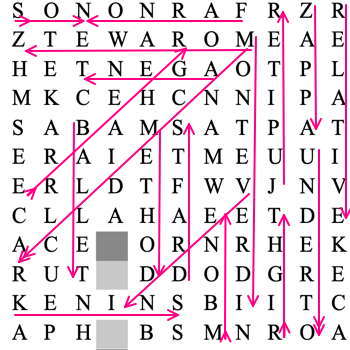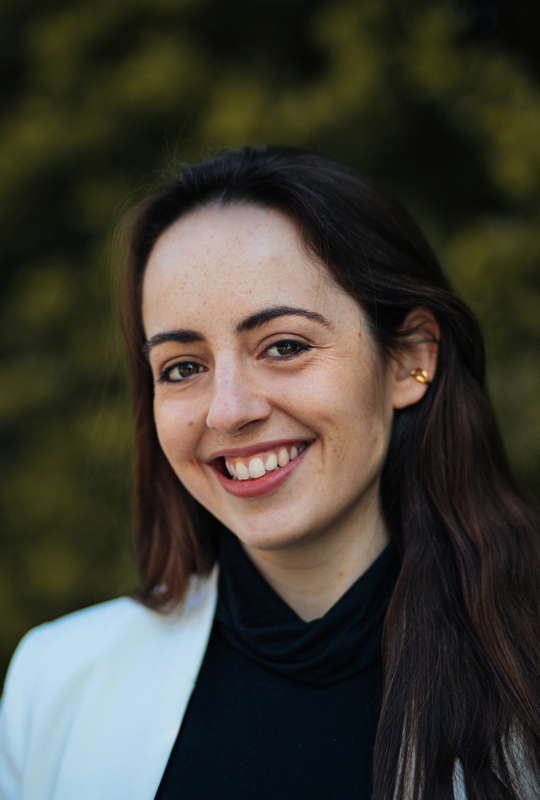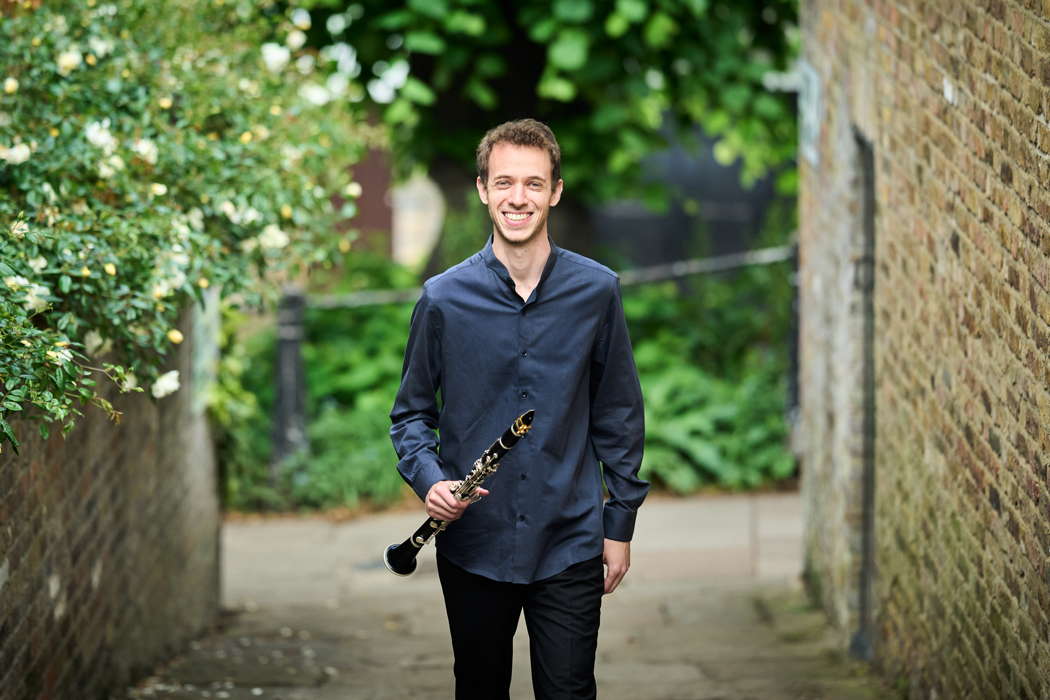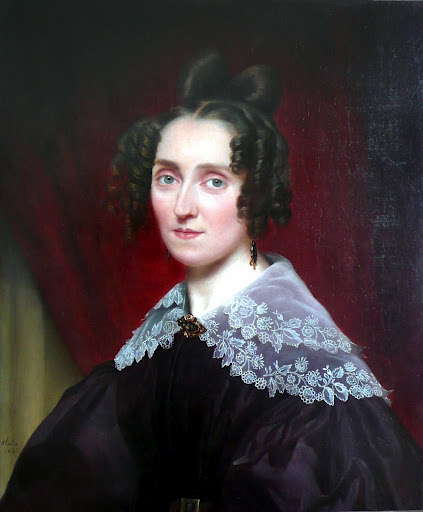- Roman Ledenev
- Parry
- Kumiko Ida
- Regent Records
- Cláudio Santoro
- Marilyn Mason
- David Briggs
- Ataollah Khadem Misagh
 DISCUSSION: What is a work? John Dante Prevedini leads a discussion about The performing artist as co-creator, including contributions from Halida Dinova, Yekaterina Lebedeva, Béla Hartmann, David Arditti and Stephen Francis Vasta.
DISCUSSION: What is a work? John Dante Prevedini leads a discussion about The performing artist as co-creator, including contributions from Halida Dinova, Yekaterina Lebedeva, Béla Hartmann, David Arditti and Stephen Francis Vasta.
 WORD SEARCH: Can you solve Allan Rae's classical music word search puzzles? We're currently publishing one per month.
WORD SEARCH: Can you solve Allan Rae's classical music word search puzzles? We're currently publishing one per month.
Particularly Compelling
MIKE WHEELER reports on a recent performance of music by Louise Farrenc, Mendelssohn and Mozart
There's something particularly satisfying in a programme that mixes the familiar and the unfamiliar. With conductor Olivia Clarke making a welcome return just two months after her previous appearance with Sinfonia Viva, this was a case in point - Derby Cathedral, Derby, UK, 21 May 2025.
A gutsy performance of Felix Mendelssohn's Hebrides overture had everything, from flat calm and gentle swell, to crashing waves, with fierce roaring from the timpani.

British/Irish conductor Olivia Clarke.
Photo © 2021 Rebecca Need Menear
Jonathan Leibovitz played the solo part in Mozart's Clarinet Concerto on a basset clarinet, which more or less comes as standard these days. Once heard, who would willingly forgo those luscious additional bottom notes? The orchestral introduction was brisk and airy, and Leibovitz's agility across the instrument's full range made its mark straightaway. His low notes had a slight edge to them, which was not unattractive, and the little cadenzas he added at Mozart's marked pauses lent some extra sparkle.

Israeli clarinettist Jonathan Leibovitz. Photo © 2022 Kaupo Kikkas
The steady, flowing account of the second movement made much of its aria-like nature, with a compelling hush to the final episode, and more of Leibovitz's effortless leaps between registers. The finale's high spirits were given mercurial treatment, punctuated with a few teasing hesitations.
There was more Mozart to start the second half, the overture to his unfinished opera Lo Sposo Deluso (The Deluded Bridegroom). The opening trumpet-and-drum march had an apt tongue-in-cheek feel, gradually overtaken by comic-opera scurrying, before the slower second section suggested more personal emotions.
French composer Louise Farrenc (1804-1875) is now getting her overdue share of attention, and Sinfonia Viva brought a level of panache and flair to her Symphony No 3 that suggested they'd been playing it for years. The first movement's slow introduction had a restless quality that spilled over into the main allegro, with playing full of vitality and a precision that was far from soulless. The second movement was marked by characterful woodwind exchanges, and long arching string phrases.

Luigi Rubio's 1835 portrait of Louise Farrenc
The fleet-footed scherzo was buoyant and airy, with attractive sonorities in the wind-and-horn-dominated trio section. Dark unison strings introduced the splendidly inventive finale, and the performance balanced grand statements with more intimate passages, to fine effect. The episode featuring exchanges between calm woodwind and irascible strings was particularly compelling. I look forward to hearing Farrenc's other two symphonies from this team.
Copyright © 29 May 2025
Mike Wheeler,
Derby UK



